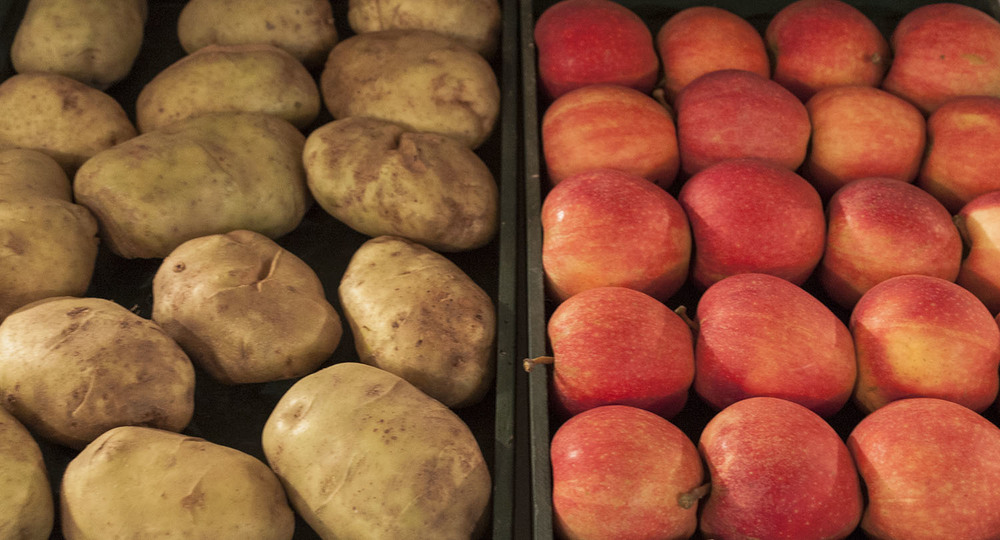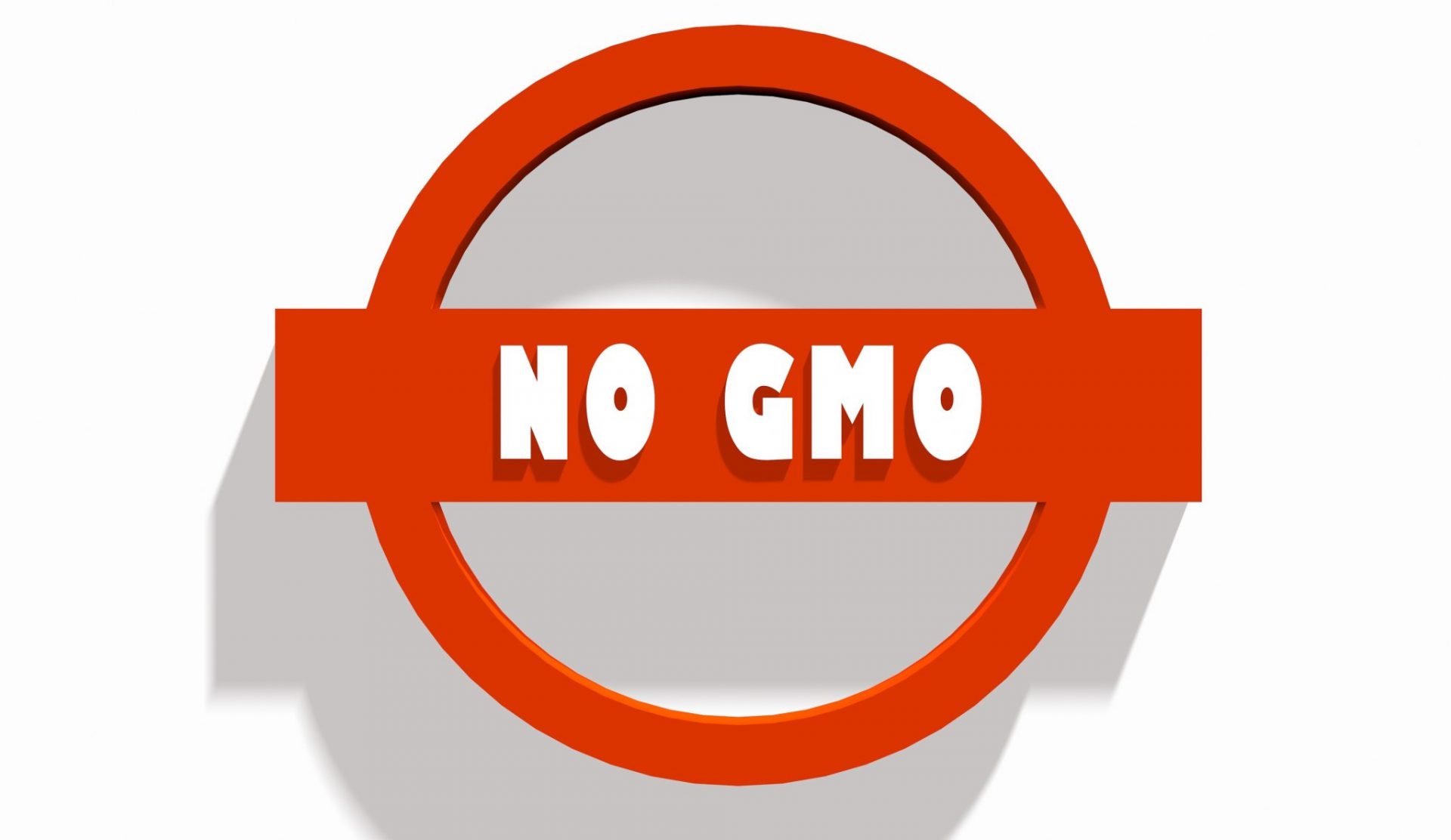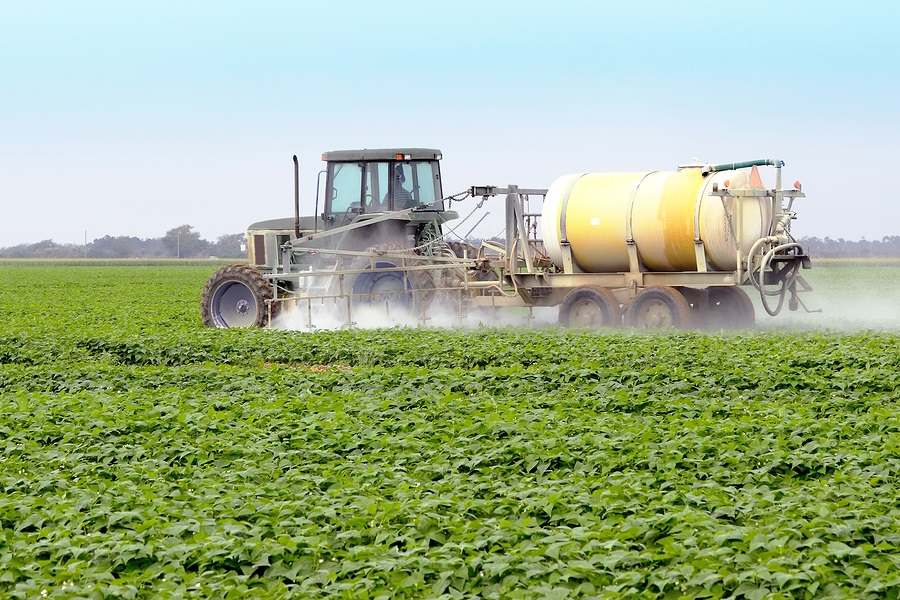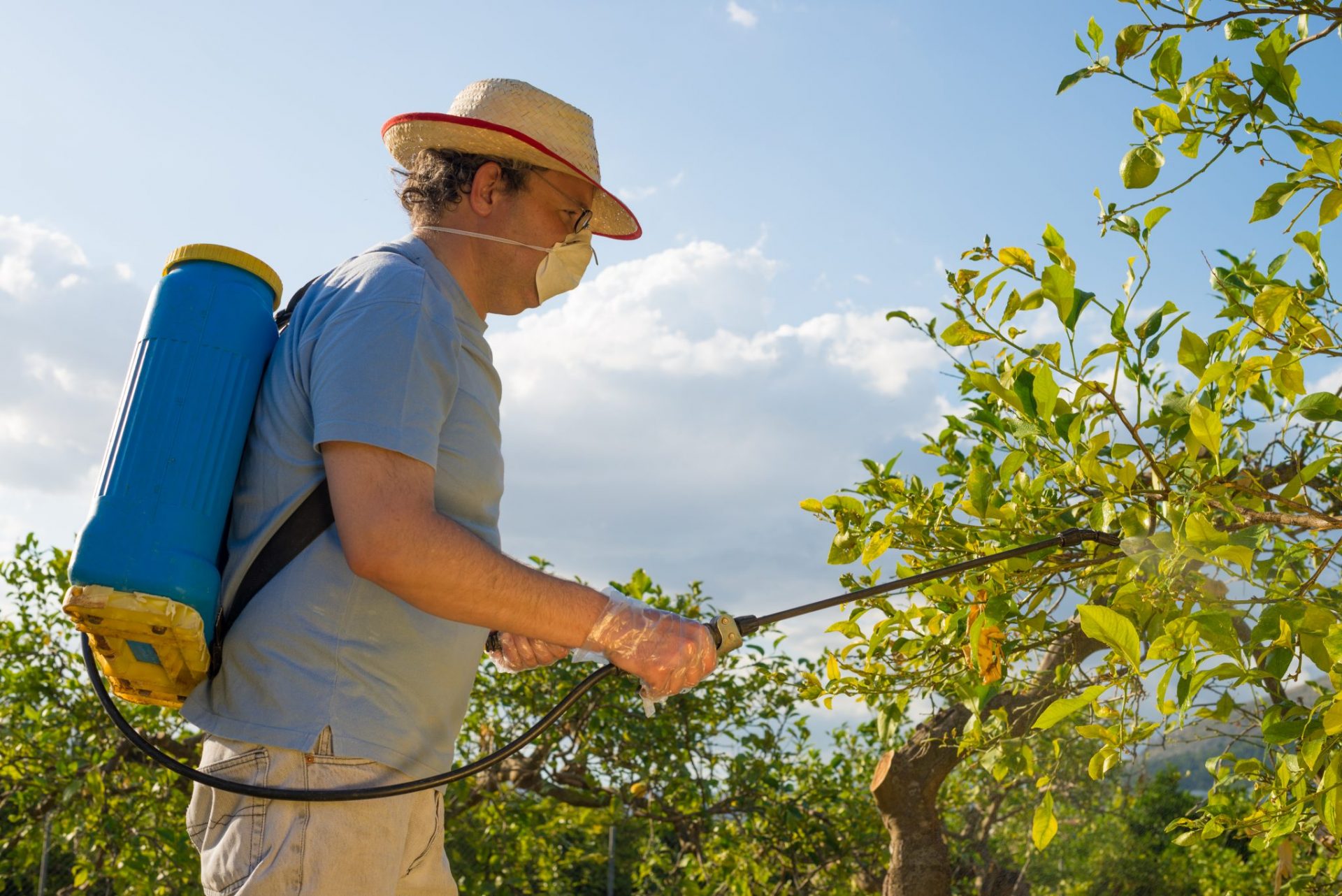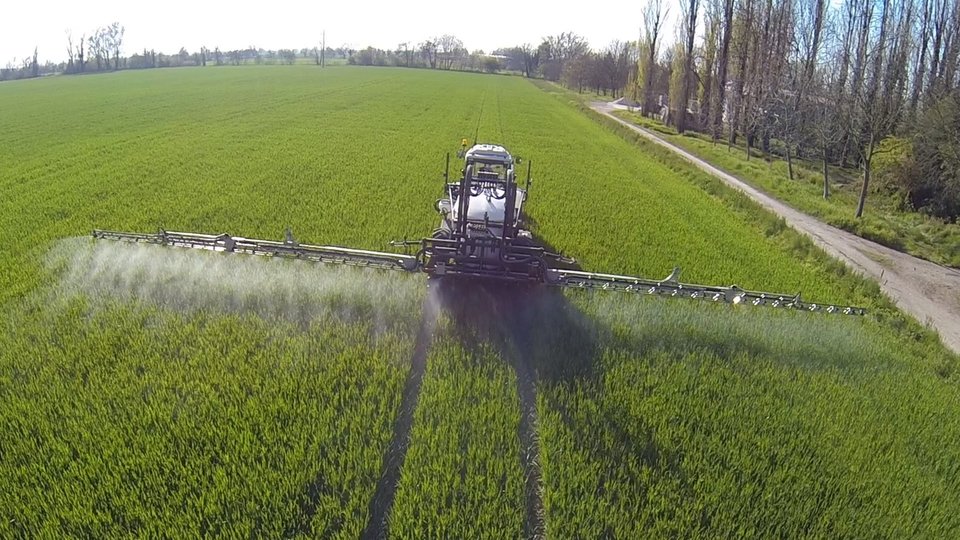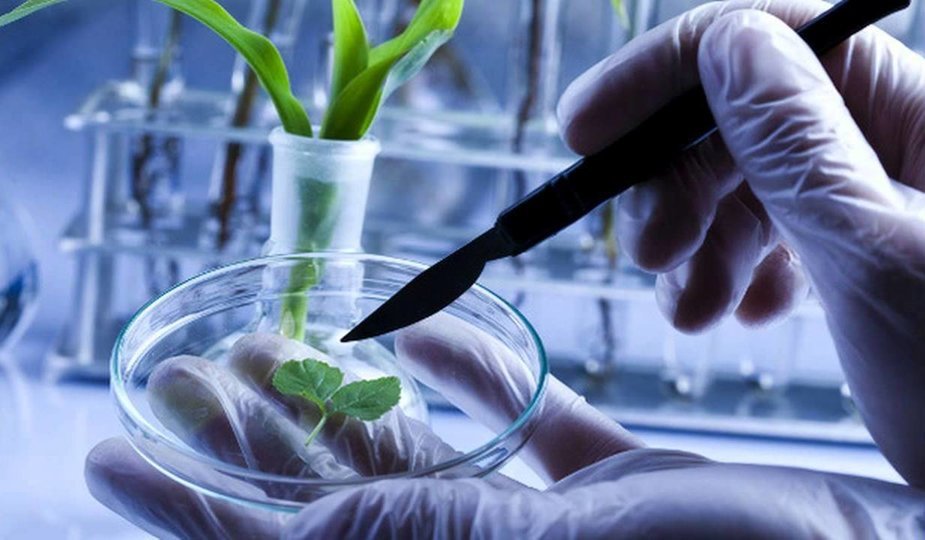Why farmers are spraying glyphosate on their crops right before harvest
(Naturalhealth365) Glyphosate, the active ingredient in the weed killer Roundup, has been linked with cancer, birth defects, autism and a host of other health problems. Now, explosive new analysis shows that traces of this toxic herbicide are increasingly present throughout our food supply.
In fact, glyphosate is showing up in foods that we most expect to be ‘wholesome and pure’ – such as baby foods, breakfast cereals and honey. (But, adult-only fare is not immune, either; glyphosate has also been found in wine, beer and even table salt!)
And there’s more bad news: a recent study shows that glyphosate levels in humans are increasing exponentially. So, the question remains: what’s behind the rising amounts of glyphosate in our food and our bodies?
Experts say: Preharvest use of glyphosate accounts for over 50 percent of dietary exposure
In addition to its established use as a weed killer, this toxic herbicide is also doing double duty as a desiccant, or drying agent.
To facilitate larger and more timely yields, glyphosate is applied to crops three to seven days before harvest. This not only quickens ripening, but accelerates the death and drying out of crops so they can be harvested earlier. In addition, the process makes the crops more resistant to mold during storage.
This practice, known as “preharvest crop desiccation,” is being utilized heavily throughout the Great Plains and the Midwest on a wide variety of crops, including corn, peas, soybeans, rye, lentils, buckwheat, canola, potatoes, sugar beets and soy.
The vicious cycle: Widespread glyphosate use actually creates a need for more glyphosate
Glyphosate, sold under the trade name Roundup, was introduced in 1976. It was originally intended to eliminate weeds in crops, thereby reducing the need for herbicides to be sprayed on them.
In the mid-1990s, Monsanto introduced their “Roundup Ready” soybeans, which were genetically modified to be glyphosate-resistant. These were followed in short order by glyphosate-resistant canola, corn, alfalfa and sorghum.
But environmentalists say that the plan has backfired. (big time!)
Instead of succumbing to Roundup, weeds began to develop resistance to it – creating the need for greater and greater amounts of glyphosate to be used throughout the growing season.
Currently, glyphosate is used on about 94 percent of all soybeans and 89 percent of all corn grown in the United States. And, it’s toxic impact is beyond imagination.
Could glyphosate be linked to skyrocketing rates of liver disease and antibiotic resistance?
In a recent study conducted at the University of California San Diego (UCSD) and published in the prestigious JAMA (Journal of the American Medical Association), researchers tracked people over 50 who lived in southern California. They found that the number of people who tested positive for glyphosate increased by 500 percent over the past two decades, while average glyphosate levels in urine shot up by a stunning 1,208 percent.
Glyphosate has been linked in animal trials to a higher risk of non-alcoholic fatty liver disease (NAFLD), with a recent British study showing that even infinitesimal amounts of glyphosate in drinking water (4 nanograms/kilogram) increased the risk in rats.
Characterized by accumulated fat in the liver, inflammation and scarring, NAFLD currently affects 90 million Americans – making it the most common form of liver disease in the nation. Contributing factors include sedentary lifestyle, excessive consumption of refined sugar, obesity and overweight – but it certainly doesn’t seem too far-fetched to theorize that glyphosate exposure could play a role.
(By the way: the human glyphosate levels in the UCSD study were proportionately 100 times greater than the glyphosate levels of the laboratory rats).
And here’s yet another reason for concern about glyphosate.
A 2015 study published in the journal of the American Society of Microbiology linked glyphosate with the growing public health crisis of antibiotic resistance. The study found that the herbicide changed the way bacteria responded to antibiotics such as ampicillin, ciprofloxacin and tetracycline – drugs extensively used to treat deadly diseases.
“Exposure to these pesticides makes the pathogens stronger,” the researchers concluded.
Monsanto continues to insist that glyphosate is ‘safe’
Monsanto’s boilerplate response to concerns about glyphosate is, predictably, to maintain that “all labeled uses of glyphosate are safe for human health.”
In response to the news of increasing human levels of glyphosate shown in the UCSD study, the company has this to say:
“Since food is often grown using pesticides, trace amounts can sometimes be found in urine.”
Then, it proceeds to blithely explain the phenomenon as “one way our bodies get rid of non-essential substances.”
“Non-essential substance” – certainly a novel, and euphemistic, way to refer to a toxin that has been linked with cancer, heart disease, celiac disease, birth defect and autism!
To minimize your exposure to glyphosate, opt for organic food as much as possible. Organic or biodynamic farming practices emphasizes the use of renewable resources and the conservation of soil and water, and food that is USDA certified organic is guaranteed to be produced without the use of pesticides, synthetic fertilizers or GMOs.
Sources for this article include:
Ensia.com
Non-GMOReport.com
NaturalHealth365.com
Time.com
Time.com
NaturalHealth365.com




